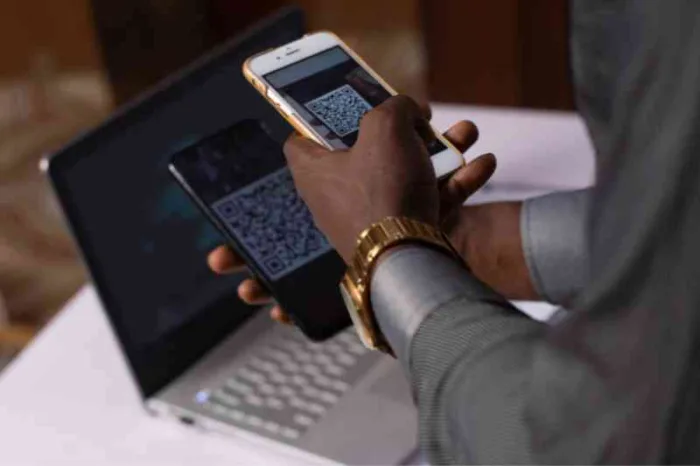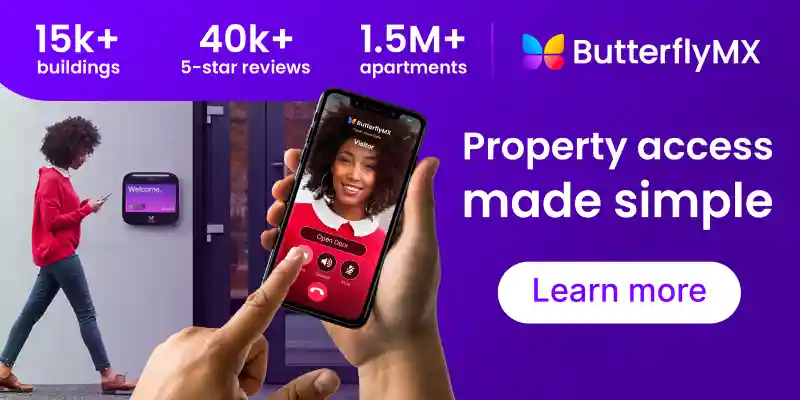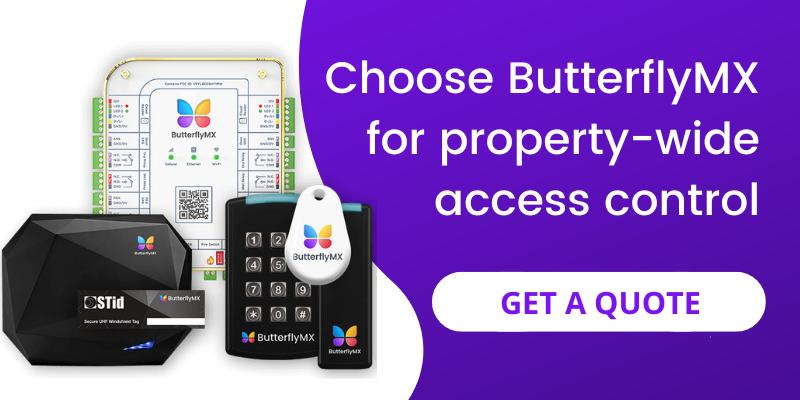Key takeaways
- QR codes are simple yet powerful tools that allow you to share information quickly and easily.
- Visitors can easily scan QR codes without needing keys, fobs, or apps, streamlining entry.
- QR code access systems integrate seamlessly with existing technology, reducing installation and maintenance costs.
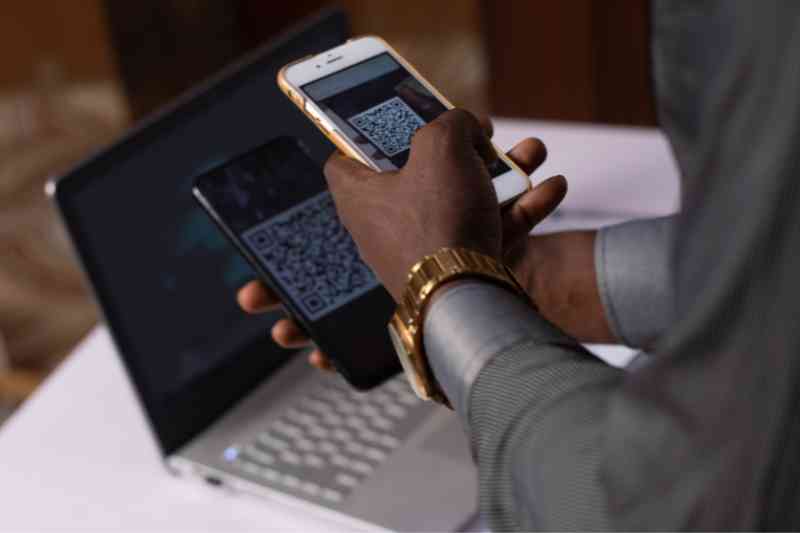
QR code access control has emerged as a powerful tool that can streamline operations, enhance security, and improve overall efficiency at your property. By providing easy access to information, facilitating seamless communication, and offering innovative solutions for access control, QR codes in buildings can revolutionize how construction sites and properties are managed.
Join us as we explore the seven benefits of implementing QR codes at your building. Then, discover a better alternative today.
In this post, discover:
- 7 benefits of using QR codes in buildings
- Why you should choose the ButterflyMX QR Code Intercom
- QR code building FAQs
7 benefits of using QR codes in buildings
QR codes for building sites are rapidly transforming the construction and building industries.
Let’s examine how these small yet powerful codes make managing and developing properties easier.
Here are seven innovative ways building QR codes streamline processes, enhance security, and improve overall efficiency:
- Streamline access control
- Share temporary QR codes with visitors
- Facilitate self-guided tours
- Track personnel
- Enhance inventory management
- Digital document access
- Improve communications
1. Streamline access control
QR codes simplify access control by enabling seamless entry to authorized personnel.
What’s more, with a QR code generator, building managers can create unique QR codes for employees, contractors, and visitors. As a result, ensure only authorized individuals gain access to your property.
Here are some benefits of using QR code building access control at your property:
- Simplify entry. QR codes provide authorized personnel with a quick and easy way to gain access without the need for physical keys or access cards.
- Offer temporary access for visitors. Generate time-limited QR codes for visitors and ensure controlled, temporary access to your building.
- Contactless entry. QR codes enable contactless entry for quick and easy access to your property.
- Generate QR codes remotely. With QR codes, property managers can generate and distribute QR codes remotely – even when off-site.
2. Share temporary QR codes with visitors
For temporary access, a QR code generator produces valid codes for a specific period. This is perfect for visitors who need controlled and secure access to your property.
Here’s how QR codes streamline access for visitors:
- Offer pre-authorized entry. Send QR codes to visitors in advance and allow them to access your building without having to wait for manual approval.
- Instant verification. With a QR code, guests scan these temporary access credentials to instantly verify themselves. As a result, QR codes enhance security and ensure only authorized individuals access your building.
- Enable automated check-ins. QR codes streamline your check-in process by automatically logging visitor details and entry times. Moreover, QR codes reduce your administrative workload by streamlining visitor management.
3. Facilitate self-guided tours
Properties can use QR codes to facilitate self-guided tours. Visitors can simply scan their QR codes to access information and navigate the property independently.
Here’s how QR codes streamline self-guided tours:
- Provide an interactive experience. QR codes placed at key locations allow visitors to scan and access detailed information, multimedia content, and historical facts about your property.
- Offer easy navigation. QR codes can link to digital maps and directions. So, they help guide visitors through authorized areas effortlessly.
- Provide on-demand information. Visitors scan QR codes to receive information at their own pace. As a result, this enhances their experience and allows for a more personalized tour.
- Integrates with mobile devices. Most smartphones scan QR codes, which makes them accessible to a majority of guests.
- Enhance engagement at your building. QR codes can link to interactive elements such as quizzes, videos, and augmented reality experiences. As a result, making self-guided and virtual tours more engaging and memorable.
- Cost-effective. Using QR codes reduces the need for printed materials and on-site leasing agents. So, they lower costs while providing a high-quality visitor experience.
- Provides real-time updates. With QR codes, you can easily update information about available units. As a result, ensure visitors always have access to the most current and accurate information about your property.
Discover how to enable self-guided tours with ButterflyMX:
4. Track personnel
With QR codes, your staff can easily track who’s on-site. Each worker or visitor can scan a QR code upon arrival and check in automatically.
What’s more, building a QR code database helps maintain a comprehensive log of all the QR codes you generate, along with their respective access details. So, you improve building management while gaining valuable insights into all entry activity at your property.
5. Enhance inventory management
QR codes are often used to tag materials and tools, making it easy to manage inventory.
Here’s how QR codes streamline inventory and equipment management:
- Stay up-to-date on inventory levels. Scanning a QR code provides instant access to stock levels as well as information on where to reorder items when your inventory gets low.
- Easily maintain equipment. Scanning a QR code on a piece of machinery can provide details on its maintenance history and usage instructions. As a result, this digital tagging system ensures that workers can quickly verify the status and availability of equipment.
- Offer real-time updates and equipment tracking. QR codes allow you to ensure your assets are always accounted for and properly maintained. What’s more, scanning QR codes with mobile devices is not only easy but also allows you to quickly report issues or malfunctions. As a result, you guarantee prompt repairs while minimizing disruption to your workflow.
6. Digital document access
QR codes can link to digital documents, such as blueprints, safety manuals, and inspection reports. This ensures that workers and managers always have the most up-to-date data.
By scanning a QR code with a mobile device, your staff can easily view, download, or share documents without the need for physical copies. Additionally, QR codes make updating and distributing new versions of important documents across your property easily.
7. Improve communications
Posting QR codes around your property can direct staff to important updates and announcements and ensure everyone is properly informed. QR codes can also link to contact information for key personnel, send safety alerts, and provide instructional videos with a simple mobile device scan.
QR codes help maintain a well-coordinated and safe environment at your property by enabling instant access to critical information.
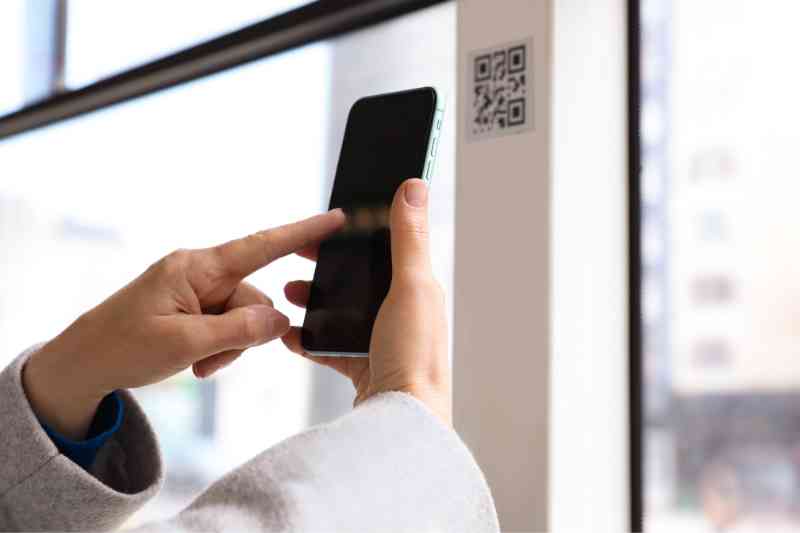
Why you should choose the ButterflyMX QR Code Intercom
QR codes can simplify access, but ButterflyMX takes it a step further. The ButterflyMX QR Code Intercom combines the ease of QR code entry with the added security and flexibility of a video intercom system.
By choosing ButterflyMX, property managers and developers get a scalable, cloud-based solution that enhances security, streamlines operations, and creates a modern experience for residents, staff, and visitors alike.
Here’s how ButterflyMX delivers a smarter way to use QR code access:
- Verify visitors before granting access. Unlike static QR codes that allow entry without oversight, the ButterflyMX QR Code Intercom initiates a one-way video call with the resident or property staff. That means you can visually verify who’s at the door before letting them in, boosting safety without adding complexity.
- Unlock doors from anywhere with our mobile app. Residents and staff use the ButterflyMX mobile app to answer calls, view visitors, and unlock doors in real time, all from their smartphone. No keys, no fobs, and no being tied to the front desk.
- Streamline visitor access. Enable seamless entry for guests, delivery drivers, and service providers. With QR codes and automatic logging, you reduce manual oversight while maintaining full control over who comes and goes.
- Simplify self-guided tours. Empower prospective tenants to explore your property on their schedule. With a QR Code Intercom at the door and time-limited access credentials, you can securely offer self-guided tours without needing to be onsite.
- Perfect for secondary entrances and auxiliary doors. Whether it’s a garage, service entrance, or side door, the ButterflyMX QR Code Intercom provides secure, cost-effective access without needing to install additional hardware at every entry point.
QR code building FAQs
Here are some commonly asked questions about QR codes in buildings:
- How do you build a QR code?
- Can I design my own QR code?
- How are QR codes built?
- How are QR codes used in construction?
- Do building sites need a QR code?
How do you build a QR code?
To build a QR code, you can use a free QR code generator. Simply enter the desired information (URL, text, etc.) into the generator, customize the design if needed, and generate your QR code. Then, the code can be downloaded as a QR code PNG file.
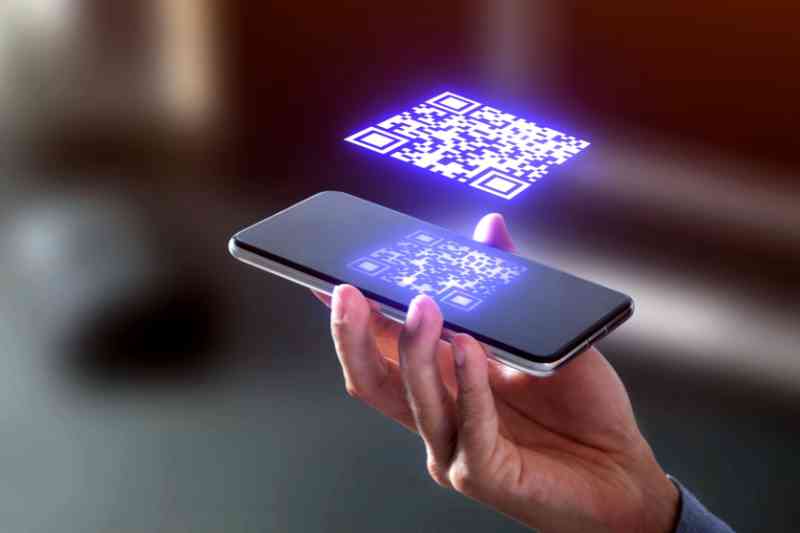
Can I design my own QR code?
Yes, many QR code generators allow you to customize the design, including colors, logos, and shapes. Moreover, this personalization helps align the QR code with your branding.
How are QR codes built?
QR codes are built using a pattern of black and white squares that encode data. This pattern is generated based on the information you provide and can be read by QR code scanners or smartphone cameras.
How are QR codes used in construction?
In construction, QR codes are used for access control, equipment tracking, digital document access, inventory management, and more. In fact, they improve efficiency and security by enabling quick and easy access to information and locations.
Do building sites need a QR code?
While not mandatory, QR codes significantly enhance the management and security of building sites. What’s more, they streamline access control, track personnel, and distribute information easily.
